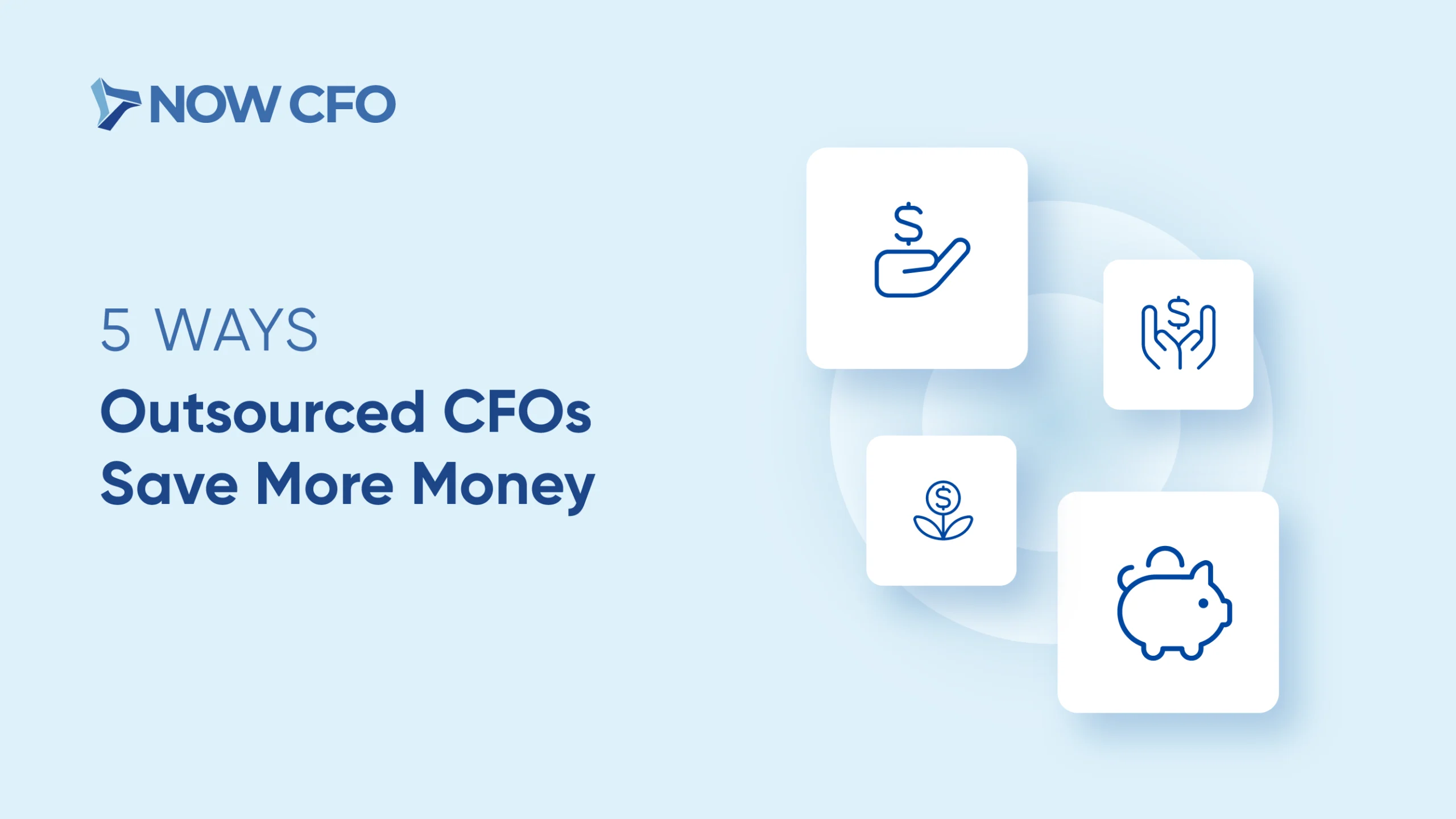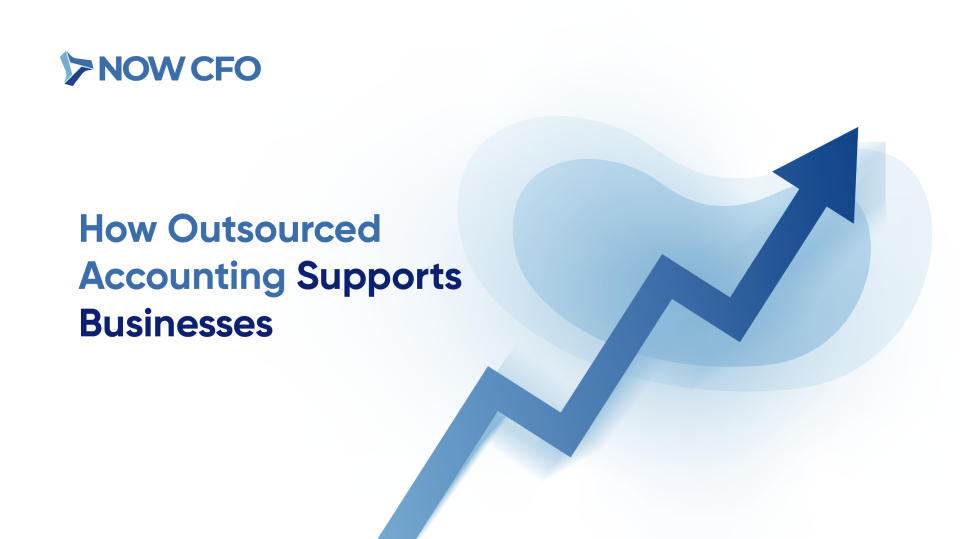
In financial management, “data fortresses” are robust measures and systems designed to protect sensitive information, including financial information. These fortresses are essential in safeguarding data against unauthorized access and breaches. Maintaining confidentiality in financial statements is a regulatory requirement and a cornerstone of building stakeholder trust.
Understanding Confidentiality in Financial Statements
Confidentiality in financial statements is critical for protecting sensitive information and maintaining business integrity. Key aspects of confidentiality include:
- Definition of Confidentiality: Maintaining confidentiality refers to keeping sensitive information private and secure, accessible only to authorized individuals. In financial statements, this means protecting information such as revenue figures, profit margins, and strategic business plans. Such information could harm a company’s competitive advantage and operational integrity if exposed.
- Types of Confidential Information: Various types of financial information require protection. Revenue figures provide insights into a company’s financial health and performance. Profit margins reveal the efficiency and profitability of business operations. Strategic plans outline future business directions and competitive strategies. Protecting this information is crucial to maintaining stakeholder confidence.
Risks to Confidential Financial Information
Confidential financial information is constantly at risk from various threats. Understanding these risks helps you to protect sensitive data. The primary risks include:
- Internal Threats: Employees, intentionally or accidentally, can pose significant risks to data confidentiality. Unauthorized access or inadvertent leaks of financial data can lead to severe consequences. For instance, employees with access to sensitive financial information may engage in insider trading or share confidential data with competitors. An accidental email containing sensitive financial information could also be sent to an unauthorized recipient, resulting in the unintended exposure of critical data. This is why it’s important to have internal controls in your business.
- External Threats: Cyberattacks, data breaches, and industrial espionage are external threats that constantly endanger financial information. Malicious actors often target financial data to exploit or ransom it, causing substantial damage to businesses. It’s important to note that these attacks are happening more often. In 2023, data breaches rose 20% from 2022. Hackers may deploy malware to infiltrate financial systems and steal sensitive information, which can then be sold on the dark web or used to extort the company. Moreover, sophisticated phishing attacks can deceive employees into revealing their login credentials, granting cybercriminals access to confidential financial records.
- Consequences of Breaches: Breaches in confidentiality can lead to financial loss, legal penalties, and irreparable reputational damage. The cost of recovering from such breaches often far exceeds the investment in preventive measures. When confidential financial data is compromised, a company may face lawsuits, regulatory fines, and a significant loss of customer trust. This can result in decreased business opportunities and long-lasting negative effects on the company’s operations and profitability. Additionally, the time and resources spent dealing with the aftermath of a breach can divert attention from core business activities, further impacting overall performance.
Establishing a Data Fortress: Best Practices
Building a robust data fortress involves several key best practices. These practices guarantee that financial information remains secure and confidential:
- Access Controls: Strong access controls ensure that only authorized personnel can access your data. Businesses can tightly regulate who can view or modify critical information using role-based access controls and multi-factor authentication. Access logs and monitoring can also help track unauthorized access attempts.
- Data Encryption: Encrypting all your data is crucial. Encryption converts data into an unreadable, secure format without the correct decryption key, thus protecting it from unauthorized access. This practice confirms that data remains protected and unusable even if unauthorized individuals intercept it. Advanced encryption standards (AES) and public key infrastructure (PKI) are commonly used methods that offer robust protection.
- Secure Communication Channels: Secure communication channels for sharing sensitive information prevent interception and unauthorized access during transmission. Technologies such as VPNs and SSL ensure that data shared over networks is encrypted and secure from eavesdropping. Additionally, implementing end-to-end encryption for emails and messaging services further safeguards communications.
- Regular Audits: Regular audits and monitoring activities help detect and address potential vulnerabilities, ensuring ongoing compliance and security. Audits provide insights into security posture, reveal areas for improvement, and confirm that security measures are effective. Regular vulnerability assessments can uncover weaknesses before malicious actors exploit them.
Policies and Procedures
Effective policies are the foundation of maintaining confidentiality efforts. Here are the key elements that organizations should focus on to protect financial data:
- Data Governance Policies: Organizations should have comprehensive policies outlining measures for protecting financial data. These policies should cover data classification, access controls, and incident response protocols. Companies can minimize the risk of potential breaches by clearly defining how data should be handled and who has access to it. Regular updates to these policies guarantee they remain effective against evolving threats.
- Employee Training: Training employees on data confidentiality and security practices is vital. Educated employees will recognize and mitigate more risks. Regular training sessions on the latest security practices ensure that employees remain vigilant and informed about potential threats. This training should include recognizing phishing attempts, securing personal devices, and properly handling sensitive information both in digital and physical forms.
- Incident Response Plan: An incident response plan ensures that the organization can quickly contain the damage. The plan should include steps for identifying the breach, notifying affected parties, and restoring data security. Regular drills and updates to the incident response plan help maintain its effectiveness and guarantee that all team members are prepared to act during a breach.
Leveraging Technology for Confidentiality
Advancements in technology offer powerful tools and methods to enhance the confidentiality of financial statements. Below are some key technologies and their roles in safeguarding financial information:
- Cybersecurity Tools: Utilizing various cybersecurity tools can significantly bolster the defense of financial information. These tools integrate to create multiple layers of security, making it more difficult to access sensitive data.
- Cloud Security: Cloud services offer scalable and robust security measures for storing financial data. However, organizations must be wary of cloud providers’ security practices to maintain data protection. Cloud security includes data encryption, secure access controls, and regular security audits to ensure ongoing data integrity and confidentiality.
- Blockchain Technology: Blockchain technology provides a tamper-proof way to store and manage financial data. Its inherent security features, such as immutability and consensus mechanisms, make it an excellent option for enhancing data integrity and confidentiality. Using blockchain, businesses can guarantee that financial data remains secure and unaltered, fostering trust and transparency.
Establishing and maintaining data fortresses is paramount for the confidentiality of financial statements. By understanding the risks, implementing best practices, developing strong policies, and leveraging advanced technologies, businesses can protect their sensitive financial information and maintain the trust of their stakeholders.














